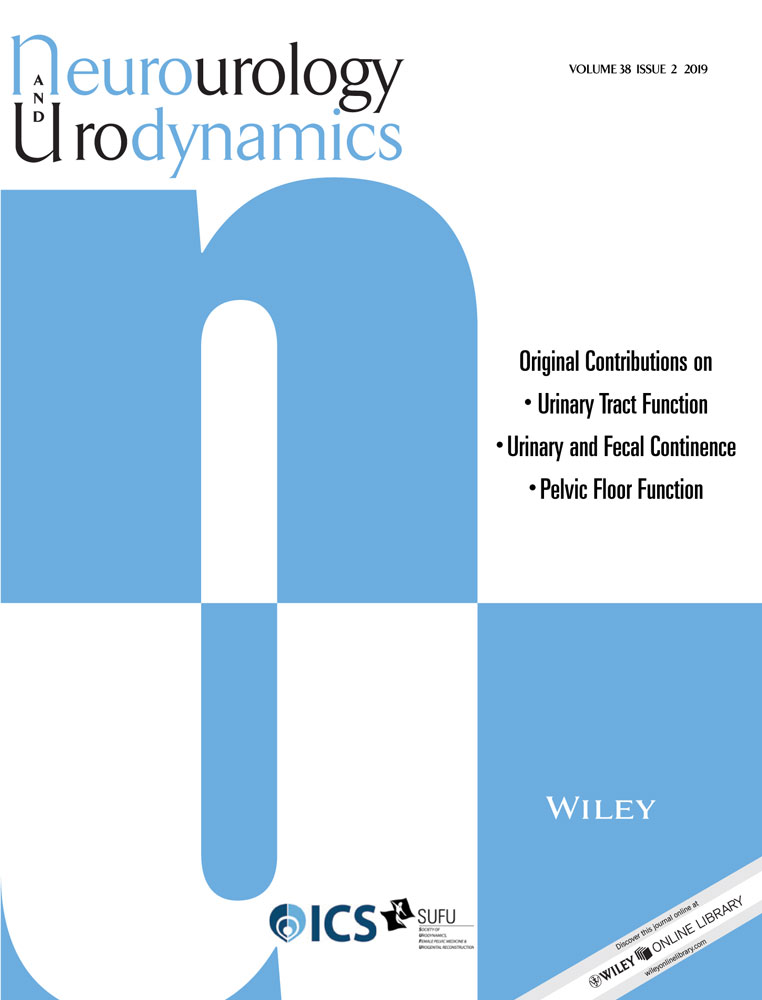The mechanics of urethral closure, incontinence and midurethral sling repair. Part 1 original experimental studies. (1990)
Abstract
Aims
To summarize the mechanics of urethral closure, incontinence, and midurethral sling repair, a work in 3 parts Part 1. Original scientific studies (1990). Part 2. Experimental validation of reliance of the closure mechanisms on a competent PUL (1993–2003). Part 3. Surgery (1990–2016).
Methods
Part1. Two unrelated observations in the mid 1980s led to the discovery of the MUS: a hemostat applied on one side of the midurethral area of the vagina, controlled urine loss on coughing without bladder neck elevation; an implanted Teflon tape cause a collagenous reaction. It was hypothesized that urinary stress incontinence (USI) was caused by collagen loss in the pubourethral ligament (PUL) and a tape implanted in the exact position of PUL would reinforce it and cure USI. A tape removable at 6 weeks was configured as an inverted “U” in the vagina and lowered sequentially.
Results
At a certain point, the patient was continent on coughing but was able to pass urine freely. This proved the mechanism for continence was not obstructive. Post-op xrays showed no elevation of bladder neck. This invalidated Enhorning's Theory. Ultrasound showed closure of distal urethra from behind and descent of vaginal fornix on straining. This indicated there were two closure mechanisms, distal urethral, and bladder neck. Three months following sling removal, there was a 50% failure rate.
Conclusions
The 1990 results indicated a permanent sling was required for the MUS. Further proofs were required for the proposed musculoelastic mechanisms.
3 CONFLICTS OF INTEREST
The 1st author PP is the co-inventor of the MUS, Integral Theory and TFS. BA has previously acted as a teacher for the MUS.
VIDEO 1 A haemostat applied on one side (so it cannot obstruct the urethra) directly behind the symphysis in the position of the pubourethral ligament so as to support it. This controls urine loss during coughing in more than 80% of patients with USI.
VIDEO 2 A haemostat applied on one side (so it cannot obstruct the urethra) directly behind the symphysis in the position of the pubourethral ligament so as to support it. This does not entirely control urine loss during coughing in patients with USI. Tightening the suburethral vagina is required for complete continence in about 15–20% of patients with USI.




